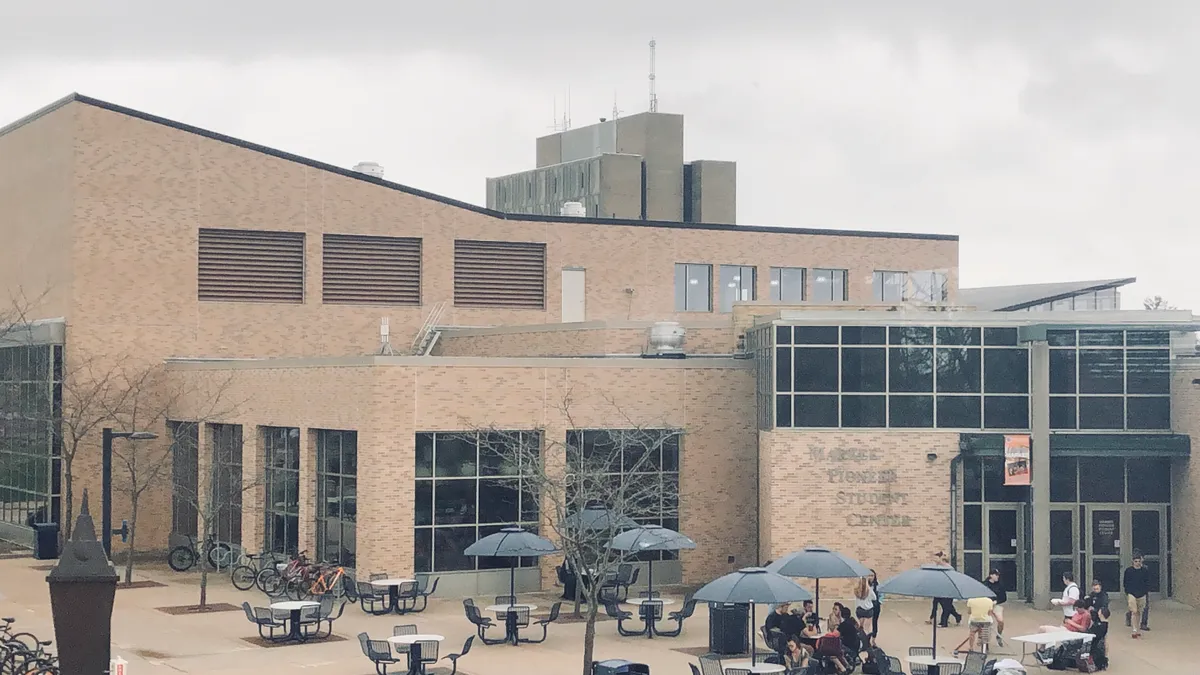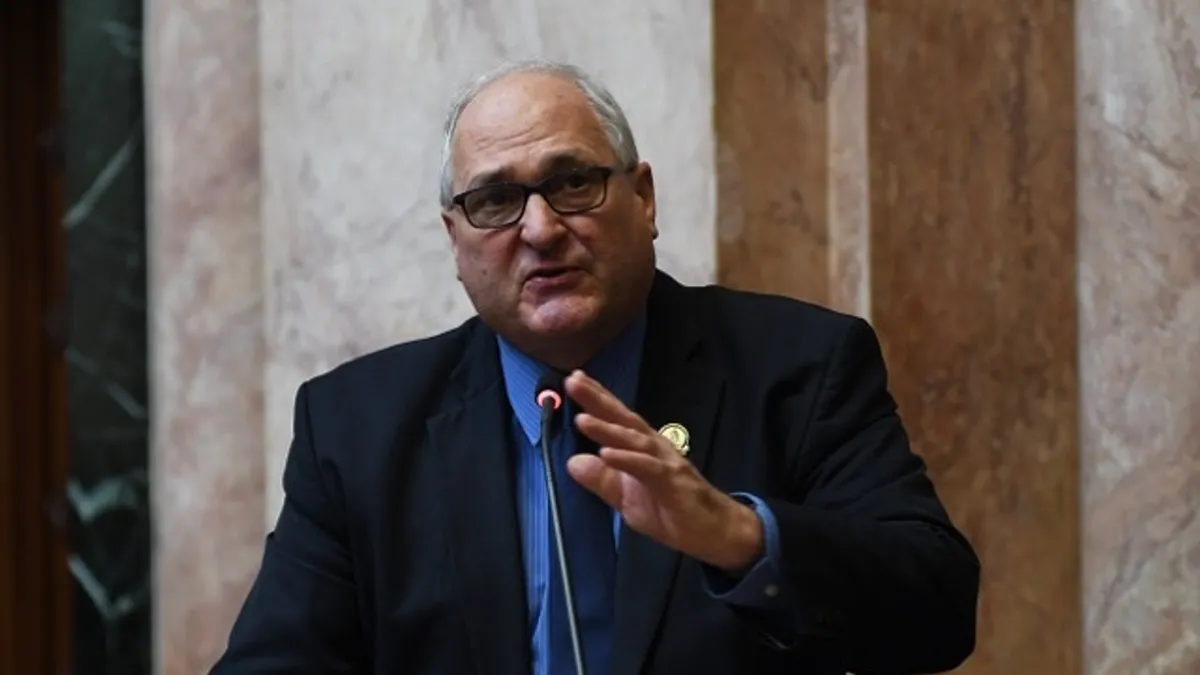The University of Wisconsin Platteville will eliminate 111 positions, just over 12% of its workforce, as part of a plan to remedy a multi-million dollar budget shortfall.
The across-the-board cuts will hit academic staff, administrators and limited appointments, Tammy Evetovich, chancellor of UW-Platteville, said in a Wednesday letter to staff. The university has also permanently cut 31 open jobs and will leave 11 faculty positions vacant following retirements.
Affected employees will be given between three and 12 months notice, depending on their position and the length of their tenure.
The cuts come as UW-Platteville struggles with enrollment.
In 2022, UW-Platteville had roughly 6,200 students, down about 28% from some 8,700 students a decade before, according to data from the Universities of Wisconsin system.
"While these changes are hard, please know they were informed by data and made strategically to focus on preserving student facing services and programs, eliminating duplicative functions, and adjusting employee categories to better align with enrollment changes over the last decade," Evetovich said.
A financial vortex
A potent combination of declining enrollment, high inflation, reduced state funding and a decade-long tuition freeze led the campus to predict in August that its budget would fall $9.7 million short in the 2024 fiscal year.
On Wednesday, Evetovich announced UW-Platteville would submit a balanced budget for fiscal 2025, following "re-organization, expenditure reductions, increased revenues, restructuring divisions and departments and the difficult task of position elimination."
Of the laid-off employees, 49 are academic staff and 27 are nonacademic workers. Twenty are employed as limited appointments.
With this reduction, UW-Platteville will employ fewer administrators and academic leaders than it did in 2013, according to Evetovich.
University officials are meeting with 60 employees hit by the layoffs and contract nonrenewals on Thursday and Friday, she said. Information about an appeals process will also be provided.
"I realize that these decisions are much more than numbers and budgets. They affect our people," Evetovich said. "While our university may look different in some areas going forward, our commitment to the students’ learning experiences will remain as strong as it has for the last 158 years."
Systemwide challenges
This isn't the first time UW-Platteville has consolidated in the face of financial challenges.
Last November, Universities of Wisconsin President Jay Rothman ordered UW-Platteville to cease offering degree programs at the university’s Richland branch campus. He cited low enrollment and budgetary challenges.
Earlier this month, Rothman went a step further, announcing the Richland campus would close. He also said in-person instruction would stop at two other system branch campuses — UW-Milwaukee’s Washington County campus and UW-Oshkosh’s Fond du Lac campus.
Those moves are part of cuts across the Universities of Wisconsin system.
UW-Oshkosh, which has roughly double the enrollment of Platteville, announced in October that it would lay off about 200 nonfaculty staff and administrators. Those cuts represented more than 20% of its employees.
And in September, UW-Parkside announced employee furloughs, requiring most workers to take between 4 and 19 unpaid days off through June. The university had warned employees of potential austerity measures the same day UW-Platteville sent out a similar missive.
UW-Oshkosh and UW-Parkside attributed their financial woes to a combination of declining enrollment and a decrease in state funding, similar to UW-Platteville.
This year, the Wisconsin Policy Forum found the state provided its four-year colleges some of the lowest per-student funding in the country, at $15,079 per student in 2021. The national average was $17,733.
In August, Rothman called the campuses’ challenges unfortunate but not surprising.
“Our universities are facing demographic, political and economic realities that require hard, though necessary decisions,” he said in a statement. “We would rather be investing in recruiting, retaining and graduating students to improve lives and communities and to meet current and future workforce needs.”






















